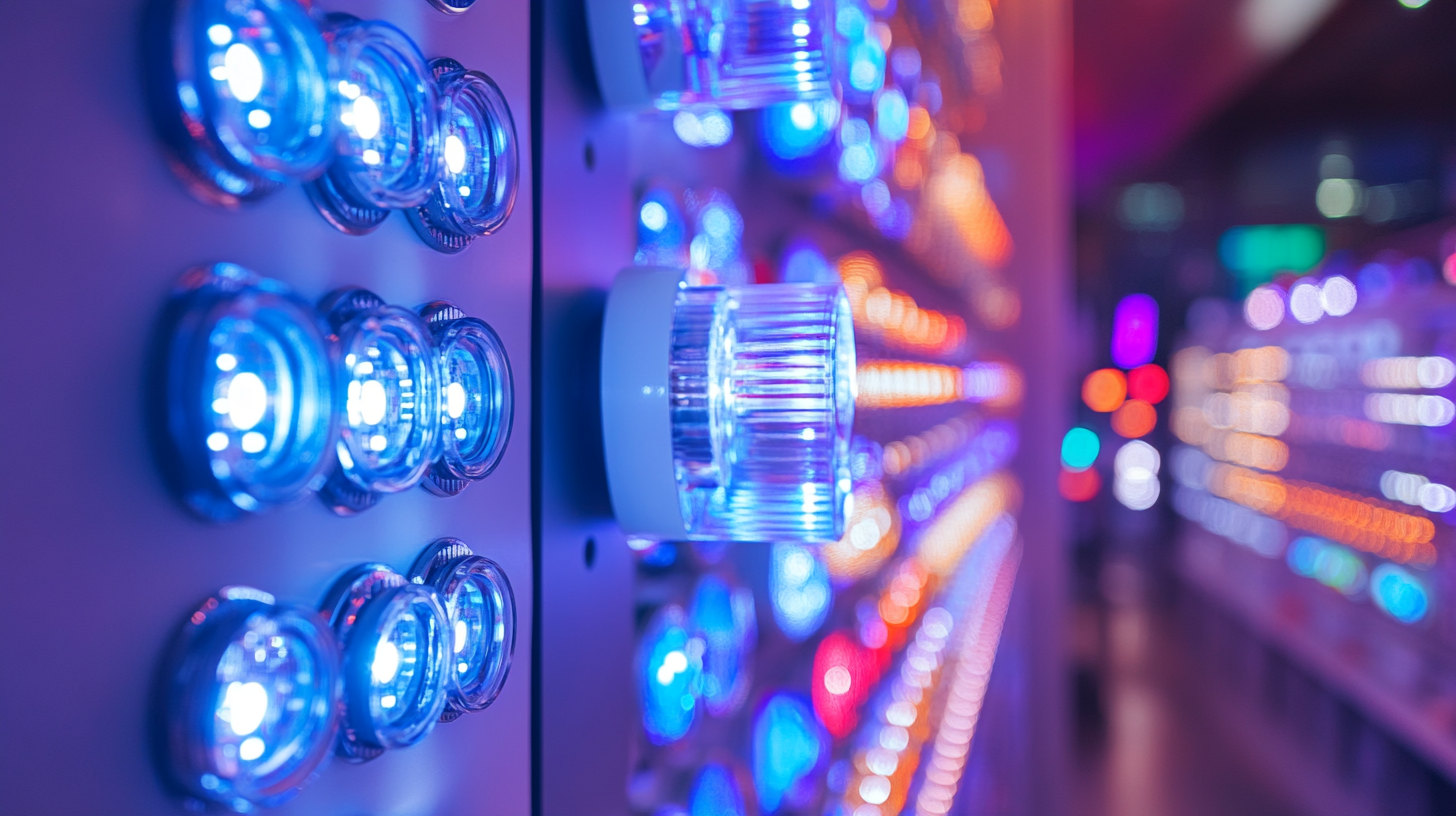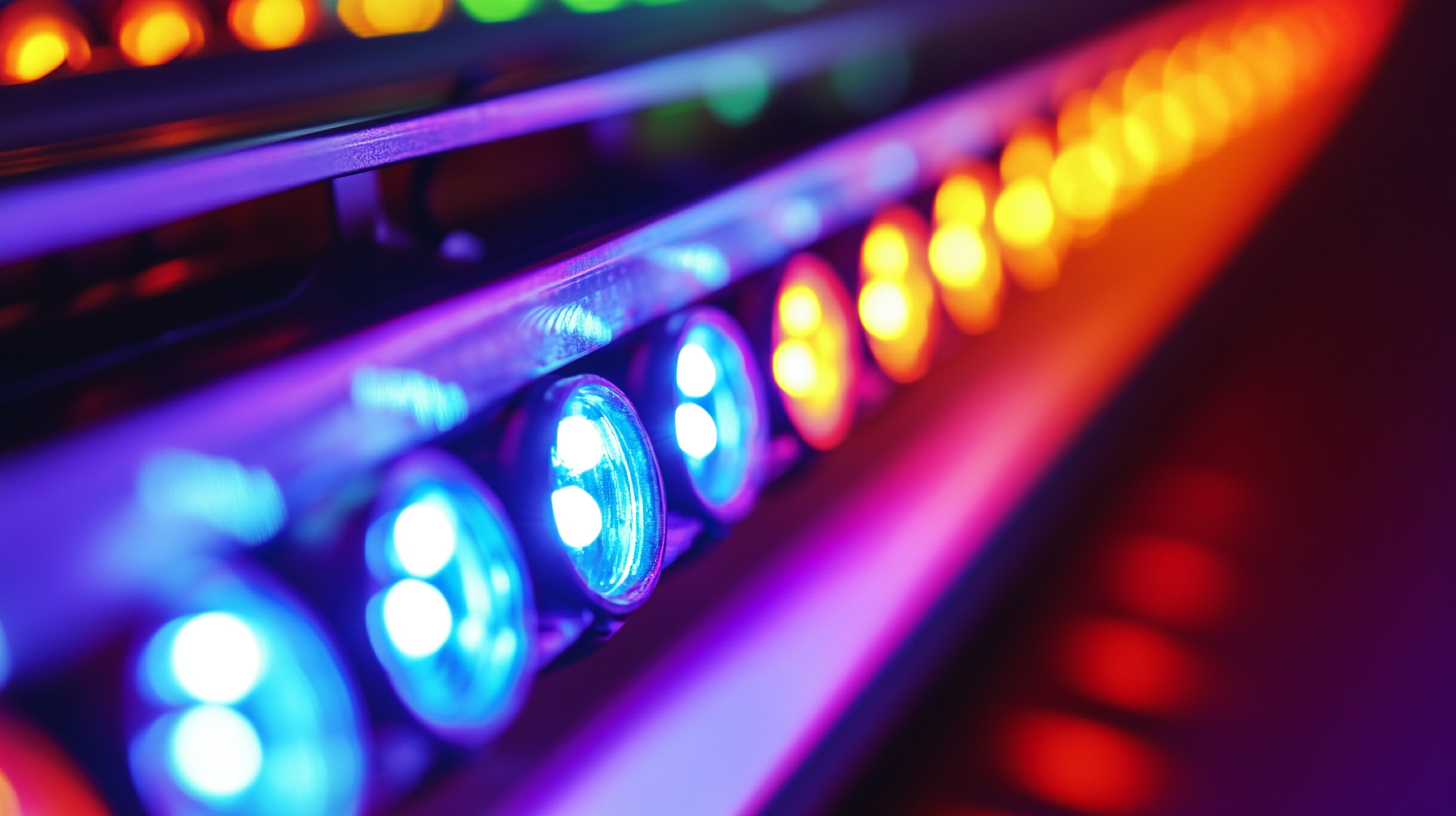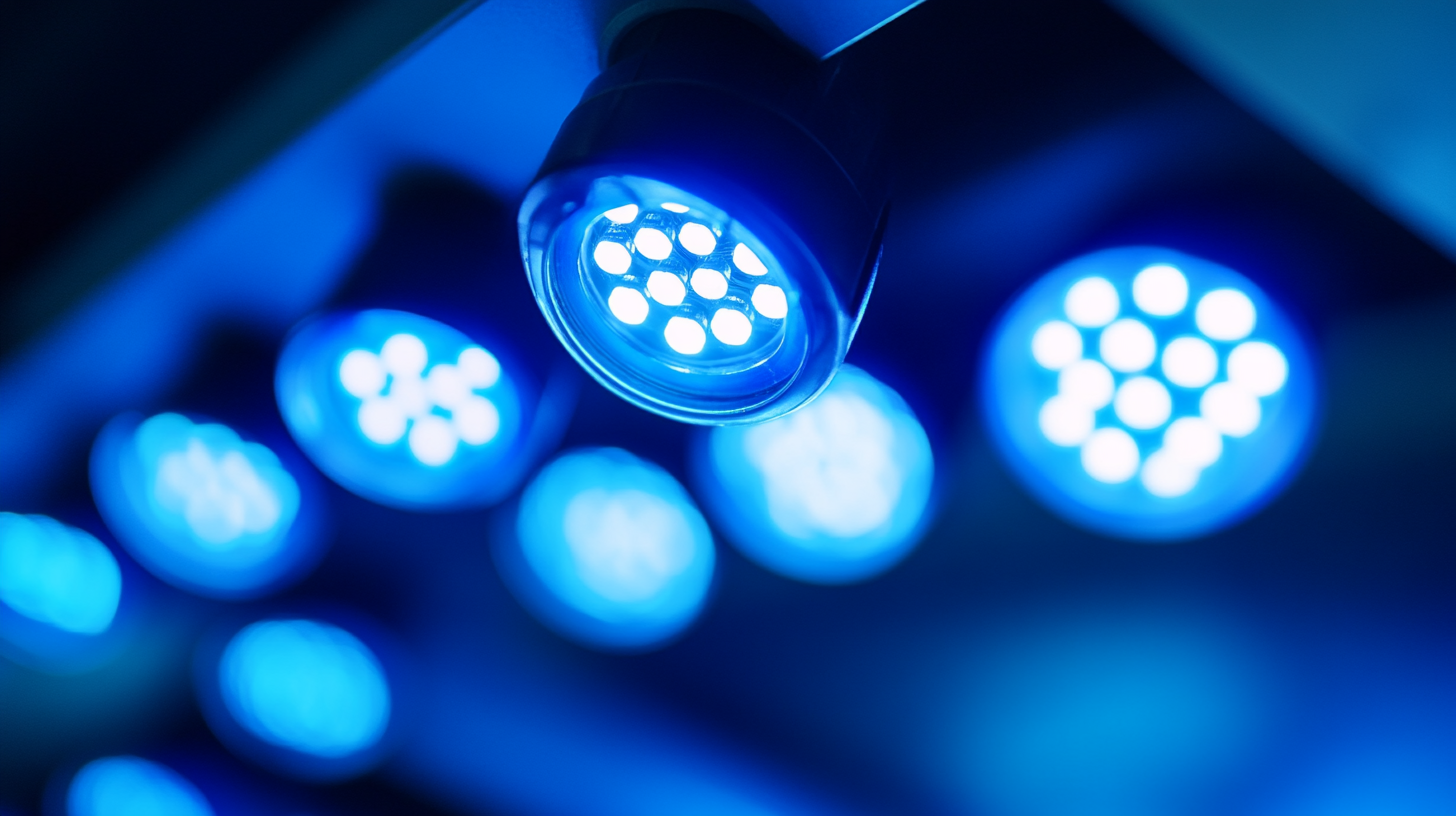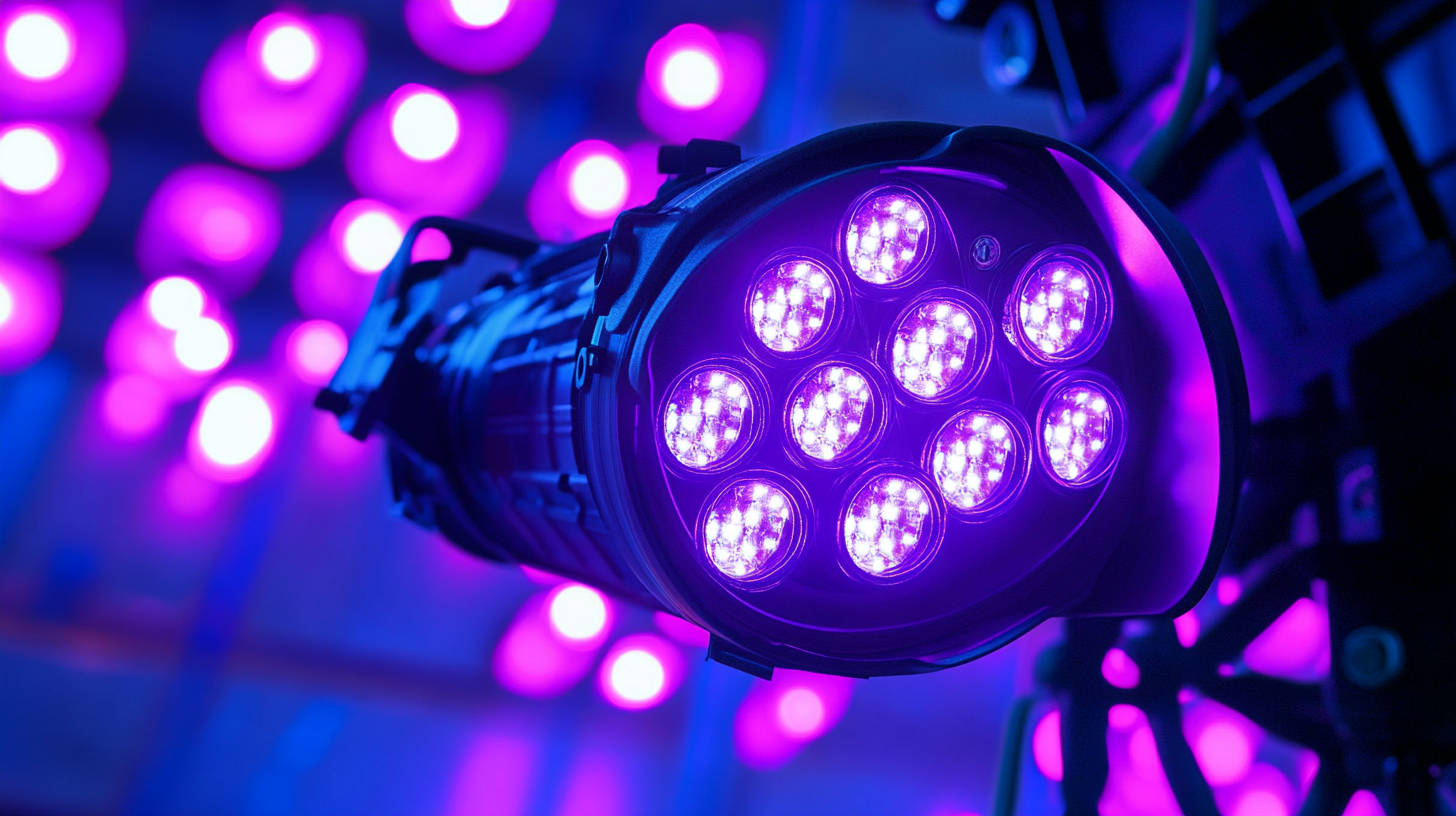Comprehensive Specifications for LED Lighting: A Step-by-Step Guide for Global Buyers
In an increasingly technology-driven world, the demand for energy-efficient lighting solutions has surged, positioning LED lighting as a pivotal focus for both consumers and businesses. As global buyers navigate the vast marketplace of lighting options, understanding comprehensive specifications becomes essential to making informed decisions. This guide aims to equip buyers with step-by-step information tailored to the intricacies of LED lighting, ensuring that they can choose products that not only meet their needs but also align with sustainability goals.
As buyers evaluate various LED lighting solutions, they must consider factors such as lumens, color temperature, and energy consumption, all of which significantly influence the performance and efficiency of their lighting systems. By providing an in-depth exploration of these specifications, this blog will serve as a crucial resource for those looking to enhance their spaces with LED lighting while also maximizing value and quality. Whether you are outfitting a residential area or a commercial space, understanding these key components will empower you to make smart choices and invest wisely in the future of illumination.

Key Factors to Consider When Selecting LED Lighting Solutions
When selecting LED lighting solutions, buyers must consider several critical factors to ensure optimal performance and compatibility with their specific needs. First and foremost, one of the key specifications to examine is the luminous efficacy of the LED units, typically expressed in lumens per watt. As the demand for energy-efficient solutions increases, the LED segment is experiencing significant growth, projected to reach a market size of approximately USD 30 billion by 2024. This growth is driven by urbanization and a burgeoning population influencing lighting requirements in commercial and residential settings. Another essential aspect to consider is thermal management. The effectiveness of heat dissipation in LED products directly impacts their lifespan and efficiency, especially as the technology advances towards high-performance applications. Recent innovations in packaging, like the diamond-based high-power density encapsulation, aim to address these thermal challenges, boosting overall performance in high-output settings. Furthermore, understanding the various light types available, including LED, fluorescent, and incandescent options, is crucial. Each offers distinct advantages and disadvantages concerning energy consumption, longevity, and initial cost. As the LED market continues to evolve, particularly with the advent of technologies such as Micro LED and Mini LED, buyers are encouraged to stay informed about the latest advancements that can influence their lighting decisions. By examining these factors closely, global buyers can make informed choices that enhance both the efficiency and effectiveness of their LED lighting solutions.

Essential Technical Specifications for LED Products You Should Know
When it comes to selecting LED lighting products, understanding the essential technical specifications is crucial for global buyers seeking quality and reliability. The first key specification to consider is the lumen output, which measures the brightness of the LED bulb. Buyers should look for a lumen output that corresponds to their lighting needs; for instance, a standard 60-watt incandescent bulb typically emits around 800 lumens. Choosing the correct lumen output ensures adequate illumination for various spaces, from residential homes to commercial environments.
Another important aspect is the color temperature, usually measured in Kelvin (K). This specification affects the ambiance of a space, with lower Kelvin values (2700K-3000K) offering a warm, cozy glow, ideal for living rooms and bedrooms. On the other hand, higher color temperatures (4000K-5000K) provide a cooler, more energizing light suitable for workspaces and retail environments. Understanding the desired atmosphere will guide buyers in selecting the appropriate color temperature for their applications.
Additionally, the Color Rendering Index (CRI) is a critical specification that gauges how accurately colors are displayed under artificial light. A CRI of 80 or above is generally recommended for residential use, while commercial spaces may require a CRI of 90 or higher for more accurate color representation. This is particularly important in settings like art galleries or retail stores where product appearance can significantly influence purchasing decisions. By paying attention to these technical specifications, global buyers can make informed choices that meet their specific lighting requirements.

Understanding Different LED Light Types and Their Applications
LED lighting has become an essential component of various applications across multiple sectors, driven by advancements in technology and increasing consumer awareness regarding energy efficiency. In 2024, the global LED lighting market is projected to reach a staggering $94.5 billion, with a compound annual growth rate (CAGR) exceeding 10.4% from 2025 to 2034, as innovations in automotive lighting and other segments expand the spectrum of LED applications.
Different types of LED lighting cater to a wide range of needs. For instance, antimicrobial LED panel lights have garnered attention due to their ability to reduce pathogens in residential and commercial settings. The market for these innovative lighting solutions is expected to grow from $2.24 billion in 2024 to $4.002 billion by 2032, demonstrating a healthy CAGR of 6.2%. Additionally, horticultural lighting, driven by significant investments in modern agricultural technologies, has reached a market size of over $6.5 billion in 2023, with anticipations of a growth rate exceeding 16.1% up to 2032.
As we delve deeper into the specifics, the quantum dot LED segment has emerged as a noteworthy contender, with a market value of $6.98 billion in 2023. This segment is set to witness a phenomenal growth rate, fueled by the expanding applications in consumer electronics, projected to surpass 29.7% CAGR from 2024 to 2032. Furthermore, the marine lighting market is expected to achieve a valuation of $990 million by 2033, representing a CAGR of 3.38%, indicating the continuous evolution of LED lighting across diverse industries and environments.

Comparative Analysis of Energy Efficiency Ratings in LED Lighting
When it comes to purchasing LED lighting, understanding energy efficiency ratings is crucial for making informed decisions. Energy efficiency ratings provide insights into how much light is produced for the energy consumed, usually measured in lumens per watt (lm/W). By comparing these ratings, global buyers can discern which products offer superior performance without incurring excessive energy costs. A higher lumen output for a lower wattage indicates a more efficient light source, which is essential for both residential and commercial applications.
Moreover, buyers should consider the different labeling systems used across various regions. For instance, the Energy Star rating in the United States signifies that a product meets strict energy efficiency guidelines, while similar standards exist in Europe with the EU Energy Label. These systems help consumers easily identify energy-efficient products; however, buyers should not solely rely on ratings. It's important to examine the specific usage scenarios and compatibility with existing fixtures to maximize energy savings and ensure optimal performance.
Another critical aspect to evaluate is the longevity of the LED products. Higher energy efficiency often correlates with longer lifespan, resulting in reduced replacement frequency and lower long-term costs. However, buyers must also weigh the initial investment against future savings. Understanding these energy efficiency ratings and their implications will empower buyers to make choices that not only fit their budget but also contribute to sustainable energy practices.
Navigating Global Standards and Certifications for LED Lighting Products
Navigating the global market for LED lighting products requires an understanding of the varying standards and certifications that govern this industry. As reported by Navigant Research, the global LED lighting market is forecasted to reach $78 billion by 2025, stimulated by energy efficiency mandates and a push towards sustainable products. Buyers must be equipped with knowledge about the relevant certifications to ensure that their investments not only comply with regional regulations but also gain consumer trust.
In Europe, the CE marking is essential as it indicates conformity with health, safety, and environmental protection standards. Similarly, the Energy Star certification in the United States informs consumers about energy-efficient products. According to the U.S. Department of Energy, energy-efficient lighting can reduce energy consumption by up to 50% compared to traditional lighting solutions. This certification process is not just a regulatory hurdle; it serves as a testament to a product’s quality and efficiency, impacting consumer purchasing decisions.
Furthermore, as the LED lighting sector expands into emerging markets, understanding international standards such as IEC 62612 is crucial for manufacturers aiming to sell globally. Compliance with these standards assures buyers that the products meet specific performance benchmarks. A 2021 report by the International Energy Agency (IEA) indicates that the adoption of international standards can facilitate trade and reduce barriers, connecting global buyers with innovative LED lighting solutions. Thus, navigating through these certification processes is a significant step for buyers who wish to thrive in a competitive global marketplace.





